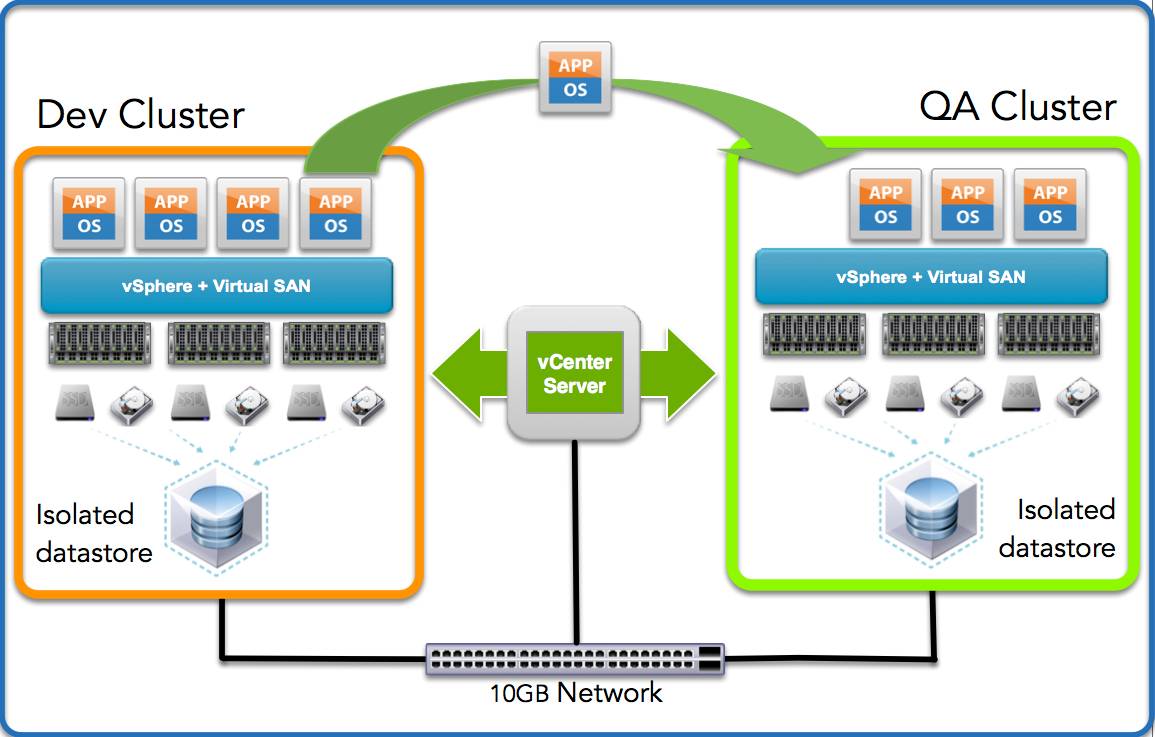

- Vmware esxi 6.7 versions how to#
- Vmware esxi 6.7 versions update#
- Vmware esxi 6.7 versions upgrade#
- Vmware esxi 6.7 versions free#
Shut down all VMs running on the ESXi host.ĮSXi upgrade by using ESXCLI is divided into two types: These services will be enabled until ESXi reboot if you started the services in VMware Host Client.Ĭheck the current version of ESXi in the ESXi Direct Console or ESXi Shell by using the vmware -v command or in VMware Host Client by going to Help > About. In the web interface of the VMware Host Client go to Manage > Services. Log into the VMware Host Client by using your ESXi root credentials.
Vmware esxi 6.7 versions how to#
Read also how to back up ESXi configuration.Įnable ESXi Shell and SSH to access the command line interface on the ESXi host. This way, if anything goes wrong, you can roll back to a backup version. ESXi Upgrade by Using ESXCLIĪlthough ESXi upgrade by using ESXCLI is not difficult, you should still perform an ESXi backup before upgrading. How long does ESXi upgrade take? An ESXi upgrade takes a few minutes if there are no compatibility issues or other problems.ĭesigned for businesses of all sizes, NAKIVO Backup & Replication offers complete data protection for all of your production workloads, including VMware vSphere Backup, Hyper-V Backup, Microsoft 365 Backup and more. This is the preferred method for upgrading ESXi hosts managed by vCenter and allows you to upgrade multiple ESXi hosts at once by using the same image.
Vmware esxi 6.7 versions update#
VMware Lifecycle Manager for VMware vSphere 7.0 is a modified VMware Update Manager that was used in vSphere 6.7. This method is applicable only for ESXi hosts managed by vCenter Server. This method can be used for VMware ESXi 6.7 to 7.0 upgrade for standalone ESXi hosts and ESXi hosts managed by vCenter. Upgrade by using ESXCLI, the command line interface.This blog post covers two main methods for a VMware ESXi upgrade: If there are any VMware add-ons or plugins installed, check their compatibility by using the VMware Compatibility Matrix. Follow this vSphere upgrade order, otherwise you can lose the connection between an ESXi host and vCenter. Thus, you have to upgrade vCenter first and then go to ESXi upgrade if you want to upgrade vSphere 6.7 to 7.0. VMware vCenter 7.0 can manage ESXi 7.0, ESXi 6.7 and ESXi 6.5, but vCenter 6.7 cannot manage ESXi 7.0 hosts. If an ESXi host is managed by vCenter Server, the vCenter version must be the same or higher compared to the target version of ESXi after upgrade.
Vmware esxi 6.7 versions free#
There must also be enough free storage space for the ESXi upgrade. There must be no running VMs on an ESXi host when you start the ESXi upgrade process. If an unsupported device is present (for example, an old unsupported CPU or disk controller), the ESXi upgrade will not be applied to the server. The hardware of a server running ESXi 6.7 must be compatible with ESXi 7.0, that is, it must meet the hardware requirements for ESXi 7.0. This blog post explains how to upgrade from ESXi 6.7 to ESXi 7.0 in your vSphere environment. Otherwise, do a clean installation of ESXi 7.0. For example, upgrade first to version 6.5 and then to version 7.0. If you’re using ESXi 6.0 or earlier in your vSphere environment, you can upgrade in several steps.

You won’t have to perform a clean installation of ESXi 7.0 on servers running ESXi 6.5 or ESXi 6.7 as you can directly upgrade to v7 from these two versions. The ESXi hypervisor is one of the main vSphere components, and for a vSphere upgrade, you should perform a VMware vCenter upgrade and a VMware ESXi upgrade.

VMware vSphere 7, the latest release of VMware’s virtualization platform, introduces a number of new useful features and many companies are looking forward to upgrading from vSphere 6.7 to 7.0. By Michael Bose How to Upgrade from VMware vSphere ESXi 6.7 to 7.0


 0 kommentar(er)
0 kommentar(er)
